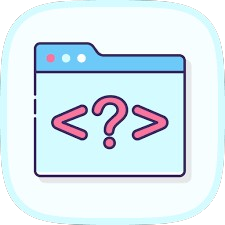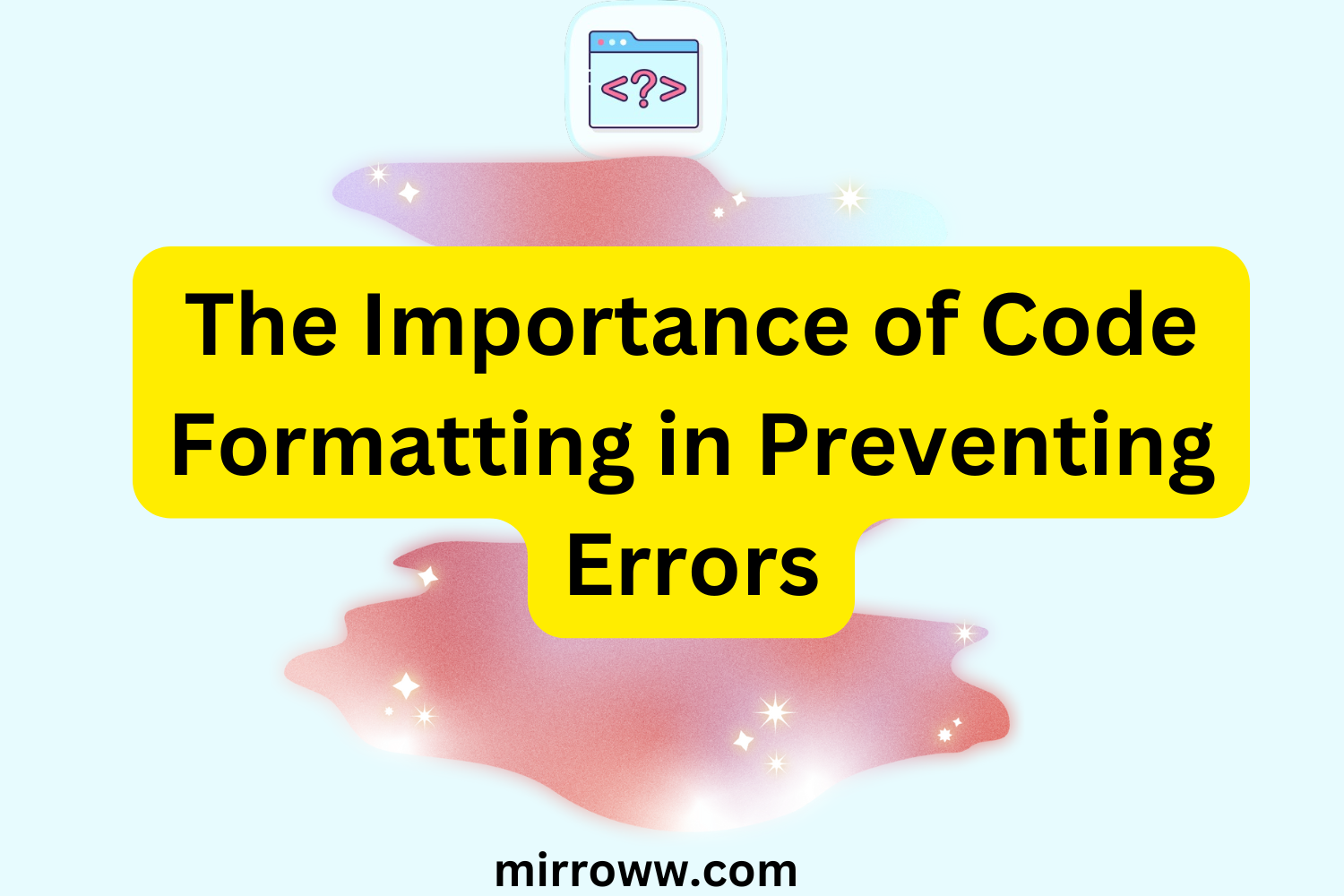In the fast-paced world of software development, clean, well-formatted code isn’t just a luxury—it’s a necessity. Think of code as a universal language that developers use to communicate with machines and each other. When that communication breaks down due to poor formatting, the results can be anything from minor inconveniences to catastrophic system failures. But don’t just take my word for it; let’s dive into why code formatting is crucial and how you can master it.
Why Code Formatting Matters
Imagine trying to read a novel where every sentence runs together, punctuation is optional, and the paragraphs are scattered randomly across the pages. Frustrating, right? That’s what poorly formatted code feels like to a developer. Proper formatting ensures your code is:
- Readable: Easy to understand at a glance, reducing the cognitive load on the next developer (or your future self).
- Maintainable: Structured in a way that makes it easy to update, debug, and extend.
- Error-Free: Consistent formatting can highlight anomalies or mistakes, such as mismatched brackets or misaligned blocks.
The cost of ignoring formatting? Increased errors, extended debugging sessions, and frustrated teams. And if you think formatting isn’t worth your time, consider this: some of the most infamous software failures—like NASA’s Mars Climate Orbiter—stemmed from preventable errors that better coding practices might have caught.
Common Code Formatting Issues
Before we discuss how to maintain pristine code, let’s identify some common pitfalls:
- Inconsistent Indentation: Tabs or spaces? Choose one and stick with it. Mixing the two can lead to errors, especially in languages like Python where indentation is syntactically significant.
- Messy Naming Conventions: Variable names like
xortempare vague and unhelpful. Opt for meaningful names that explain their purpose. - Lack of Comments: While over-commenting can clutter your code, too few comments leave others guessing your intent.
- Long, Complex Lines: Code lines that go on forever are hard to read and debug. Break them down into smaller, digestible chunks.
- Ignoring Standards: Every language has its recommended style guide (e.g., PEP 8 for Python, Airbnb’s guide for JavaScript). Straying from these standards can make your code harder to understand for others.
Tips for Maintaining Readable and Correct Code
So, how do you ensure your code is a shining beacon of clarity? Here are some practical tips:
1. Stick to a Style Guide
Most programming languages come with a set of best practices for formatting. Adopt one and ensure your entire team uses it. Tools like ESLint (for JavaScript) or Black (for Python) can help enforce these standards automatically.
2. Use Consistent Indentation
Decide early on whether your team will use spaces or tabs (spaces are generally preferred). A common standard is four spaces per indentation level.
3. Write Descriptive Names
Replace cryptic abbreviations with descriptive names. For instance, totalSales is much clearer than ts.
4. Break Down Long Functions
If your function exceeds 20 lines, it might be time to split it into smaller, more manageable pieces. This makes your code modular and easier to test.
5. Comment Smartly
Write comments where they’re needed—to explain why something is done, not what the code does. Let the code itself be as self-explanatory as possible.
6. Leverage Code Formatters
Modern code editors and integrated development environments (IDEs) often come with built-in formatting tools. Take advantage of these to maintain consistent formatting effortlessly.
A Case Study in Formatting Gone Wrong
Let’s consider a real-world example to underline the importance of proper formatting. Back in 2014, a poorly formatted line of code caused an entire network’s systems to crash during a critical update. The culprit? A single misplaced semicolon that went unnoticed due to the lack of proper indentation and structure. The incident resulted in millions of dollars in downtime and tarnished the company’s reputation.
Now imagine if a simple code review tool or a formatting guideline had been in place. That semicolon might never have slipped through the cracks.
Tools to Simplify Code Formatting
To err is human; to automate is divine. Here are some tools to help you:
- Prettier: An opinionated code formatter for JavaScript, TypeScript, and more.
- Black: A formatter for Python that “makes code look the same everywhere.”
- EditorConfig: Helps maintain consistent coding styles between different editors and IDEs.
- Linting Tools: ESLint, Pylint, and others not only check for errors but also enforce formatting rules.
The Team Factor: Collaborative Formatting
Consistency across a team is critical. Agree on a common style guide, use version control to catch formatting issues, and conduct regular code reviews. Many teams implement a pre-commit hook to run a formatter before code is added to a repository. This way, no one’s personal preferences accidentally slip through.
Wrapping It Up
In the grand scheme of software development, code formatting might seem trivial. But its impact on readability, maintainability, and error prevention is profound. Think of it as the difference between a cluttered desk and an organized workspace—one slows you down, while the other boosts efficiency and morale.
So, next time you’re tempted to rush through a project without paying attention to formatting, remember: a little effort now can save a lot of headaches later. And hey, your future self will thank you.
Call to Action
Got any formatting horror stories or tips of your own? Share them in the comments below! And if you found this guide helpful, pass it along to your fellow developers. Let’s make clean code the standard, one line at a time.

